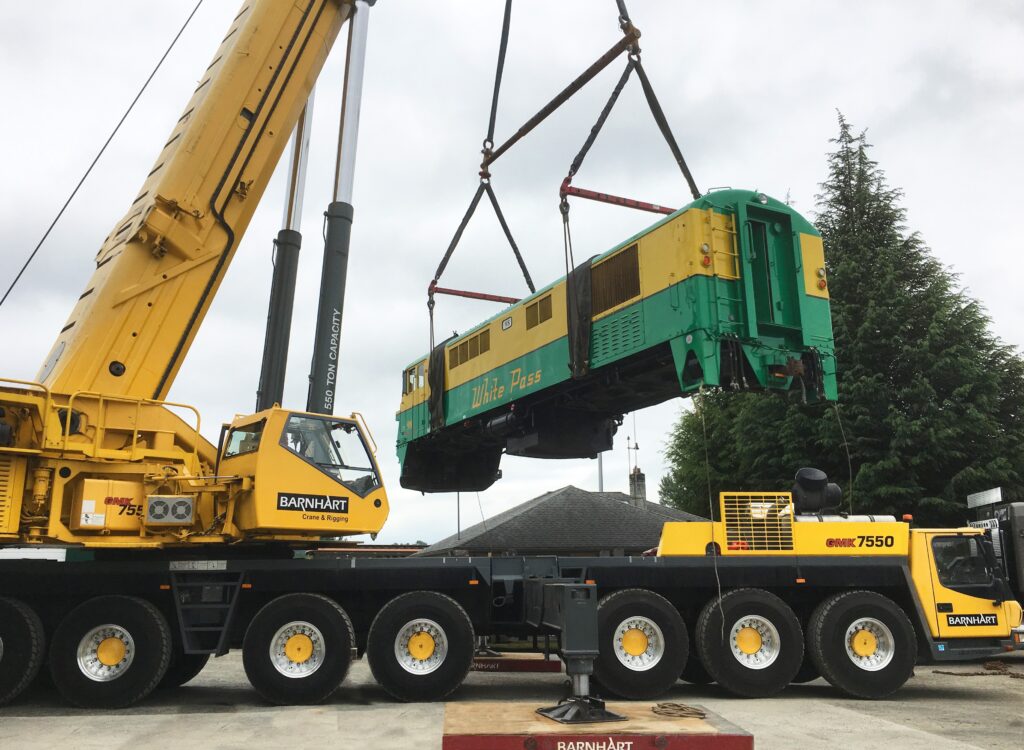Crane Types and Their Uses
At their core, all cranes perform the same job. They lift and move heavy materials and equipment. But within that general job description there are a multitude of factors, which is why there are a variety of cranes.
Whether you are thinking of buying a crane or hiring a crane company, knowing about the different types can be useful.
First of all, cranes can be divided into two main types: mobile and fixed. Their differences are pretty clear. Mobile cranes can be physically maneuvered around a site or to a job location. A fixed crane is the opposite. It is stationary and once set up, doesn’t move.
Mobile Cranes
The main advantage of a mobile crane is that it’s, well, mobile. It is also faster to setup and less expensive to operate than a fixed crane. Here are a few kinds of mobile cranes.
Crawler Crane – This type of crane uses tracks instead of wheels, which enable it to “crawl” across job sites slowly and securely.
Truck crane – This crane has a truck base with a boom overhead that collapses to be parallel with the cab. This is the most common type of mobile crane and can be used in almost any industry.
Barge or floating crane – As the name suggests, this crane is on the water, making it ideal for marine construction. It can also be transported to other ports.
All-terrain crane – A hybrid between a truck crane and a rough terrain crane, all-terrain cranes can travel easily over uneven ground and on public roads.

Fixed Cranes
Since these cranes are fixed, once they are set up, which can take several days, they don’t move. These cranes can lift massive loads to incredible heights. Here are some examples:
Bridge or overhead crane – This crane has overlapping beams that are tied into a building’s support structure. Built into the center is a hoist that can lift and maneuver objects.
Gantry crane – This type of overhead crane is freestanding with a single or double girder configuration supported by legs that move on wheels or along a track.
Tower cranes – As their name suggests, they are used in the construction of towers or skyscrapers or other tall buildings.
Hammerhead crane – A heavy-duty crane with a horizontal counterbalanced jib, which allows for precise horizontal movement of a load.
Each type of crane is best for certain projects and environments. Barnhart has a stable of cranes with experienced operators throughout the United States and a network of experts to advise you on which one is right for your project.
